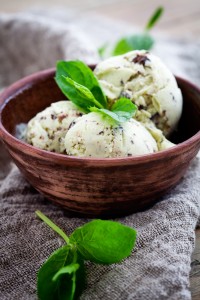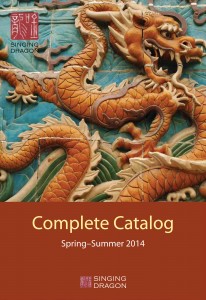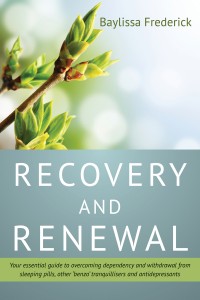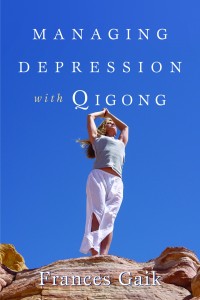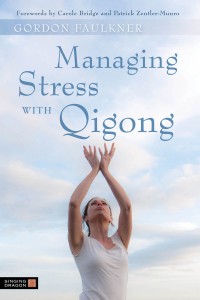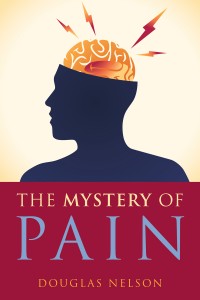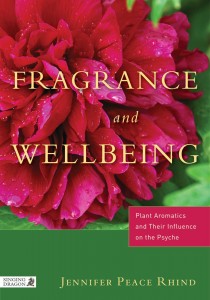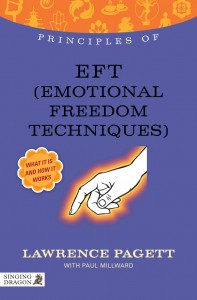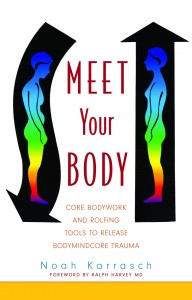Rosemary Patten, author of Japanese Holistic Face Massage and founder of Equinox Rose, a clinic specialising in energy healing, offers tips and meditation exercises to fix your prana from tip to toe by focusing on your root centre.
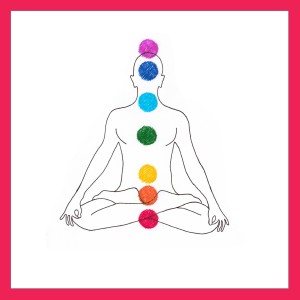 Why is maintaining the root centre important?
Why is maintaining the root centre important?
The root centre brings the flow of energy from crown to root and back from root to crown again. Without this instinctual energy the human race would not be here and we would not be able to understand the link we have with spirit. The root centre has given us the opportunity to progress. The rhythm of life is an ebb and flow of ideas and the willingness to confidently embrace the new with the knowledge that we can achieve and we can let go.
How does a balanced root centre make us feel?
- We make decisions that are intuitive
- We enjoy other’s company without fear at expressing our true feelings
- We respect ourselves
- We feel no envy or no greed for possessions
- We relish other’s success
- We can face people without judgement
- We can achieve
- We can help and inspire others
- We listen to our bodies
- We are aware of our sexuality and are not ashamed of our bodies
What can an imbalance of the root centre lead to?
- Feelings of inadequacy
- Being weak physically or emotionally
- Blocking out the past unable to accept and move on
- Being afraid of our own judgement
- Restlessness and over talking
- Running away from any kind of confrontation
- A lack of co-operation by not allowing anyone to have their say
- In relationships, aspirations can be too high with a tendency to criticise
- A tendency to be over competitive
- Losing the ability to be happy for other’s success
How can we maintain a healthy root centre?
- Get out into the air and with each step realise the earth beneath and feel it!
- Find activities your body will thank you for; walking in the fresh air, physical exercise, competitive sports, even gardening will help you to connect to your body and the earth
- Recognise the early signs that tell you when your body is not balanced
- Eat foods that are natural not processed. Meat and proteins when your mind is racing will help to keep the energy within the lower energy centres. However, overeating meat can cause you to be sluggish, therefore consider also soy tofu, pulses, nuts and dairy
An exercise to keep you feeling connected
Remember this simple exercise when you are busy and life gets fraught and you feel overwhelmed:
Sit upright in your chair and imagine a cord that runs down your spine into mother earth. When it reaches the level of the trees it forms roots. These roots intermingle with the trees and keep you connected to the earth. Bring the energy up through your cord.
Meditation 1
(Follow the above connection exercise)… Imagine all your worries, all those little things that annoy or niggles you… And then send those worries, excessive thoughts, down the cord and dispersing into the roots or fibre… Imagine yourself as strong as an oak tree…. Noble… Powerful…
Meditation 2
Sit in a comfortable position and put your hand comfortably on your lap.
a) Connect to the breath, breathe evenly and do not force the breath… Connect to the rhythm of the breath; remember to sit upright to allow the energy to pass up and down your spine. Release any tension you feel within your body. Scan your body with your mind’s eye. Are you holding any tension in your head?… Around the temples? Relax… Breathe into the tension and dissipate any tension. Scan your body, head, neck, shoulders, chest, upper back, lower back. Release by breathing into the area… Feel relaxed but upright.
b) Breathe down and place your root into the soil of mother earth… Remember to breathe not hold the breath too long…
c) Imagine a beam of white light some distance above and to one side of you and draw this light down your spine…
Hold the light at your root centre and visualise it turning a bright red colour. Feeling the red light within the perineum area…
Feel it grow… Feel strong… Powerful… Passionate and feel courage… Courage to achieve…
You have boundless energy…
You are connected with your root…
You understand the needs of your body and you give thanks
Meditation 3
(Follow the above connection exercise)
a) Feel your body expand and contract as you breath… Feel your legs, your feet… And the floor beneath you… Really be aware of the contact of your body to the chair… How solid, gravity keeps you there…
Bring your awareness to your feet and slightly increase the pressure to the floor without bringing tension into your legs… Grounding your body…Feel the current running down your legs… Continue to feel your body grounding…
b) Tune into your body… Feel the centre of gravity at the base of your spine… Focus on this point… As you focus on this point of gravity… Start to be aware of rest of your body… Think of the central channel your spine… Align the energy… Keep your back straight… Bring the energy over this central area…Your torso to your head, throat, chest, stomach, all over the central core of gravity… Keep breathing as you settle into the alignment…Imagine the cord running from the centre of your head down the central core… Deep into the earth… Try to imagine this core a deep red…
Take your time to feel all the energy centres aligning one over the other… Pulling you down into the earth… Anchoring your physical body with the subtle bodies…
c) Allow yourself to sway from the central core of gravity back and forth… Around from that central point… Feel the central point of gravity weighing you down… Holding you… As you move feel the tension lift… Draining away while your feet are pressing gently to the floor. Remember to breathe…
Now just relax into your chair for a few moments before you open your eyes.
Rosemary Patten is a master Reiki practitioner, aromatherapist, reflexologist, and author of Japanese Holistic Face Massage. She lives in Kent, UK.

